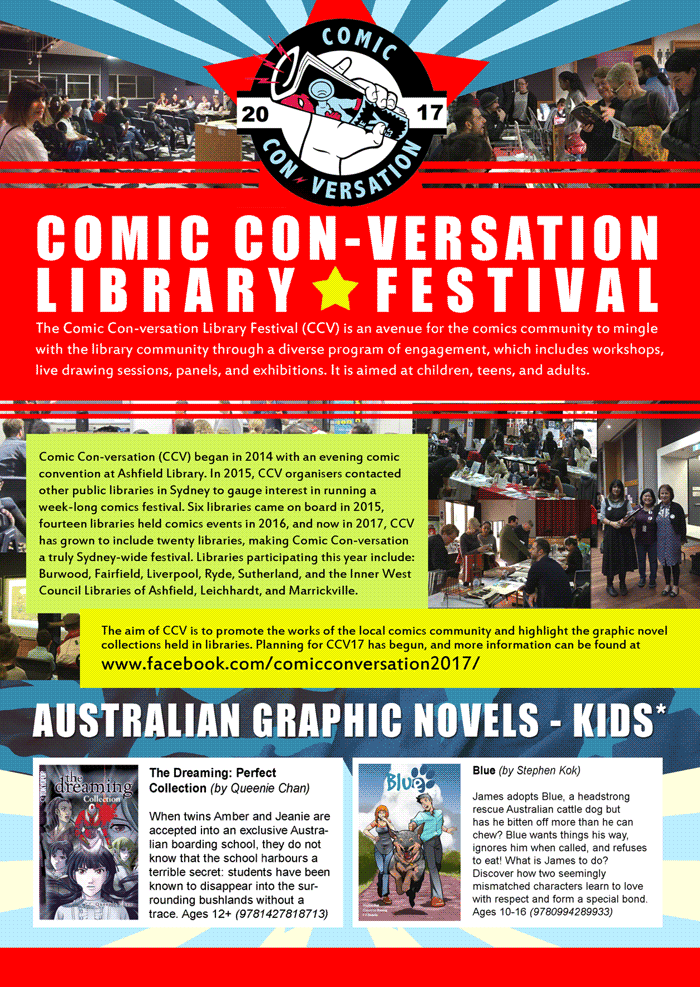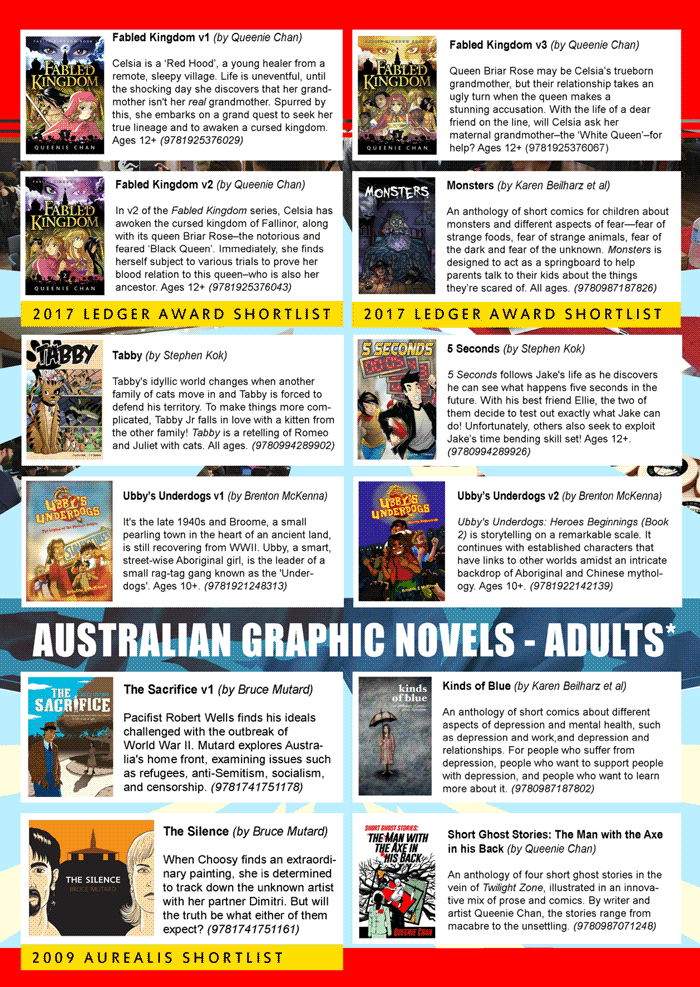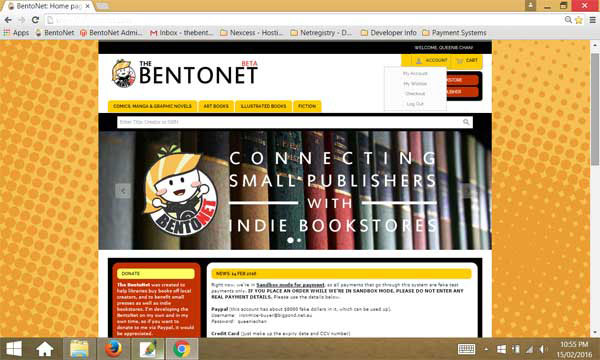This was written for ‘Women’s History Month 2015’. This year’s theme is to describe a moment in your life where a hurdle occurred, and explain how you overcame it. I decided to choose the topic of drawing as a manga-style comic book artist, and the gender-related labels that come along with it.
Working in a Male-Dominated Industry?
When I’m interviewed for my comic book work, a question that comes up often is ‘what’s it like to be a woman in a male-dominated industry?’
Typically, these sorts of questions come from well-meaning people. They tend to be into ‘geek culture,’ but are not quite informed enough to understand that comics is a large pond–deeper on some continents than on others. If you take all the different comick-ing styles in the world and put them under the same umbrella, you’ll find a mishmash of aesthetics, philosophies and audiences that tend to have nothing to do with each other. To an outsider, it can be confusing, because typically they understand comics = superheroes in tights and capes. This perception cannot be further from the truth.
Luckily, there’s a way for me to explain this in a sentence or two. All I have to say is: ‘I draw manga-style comics. So it’s not a male-dominated industry at all.’
The reaction is usually polite, mostly because while the interviewer is bound to have heard of manga, they don’t know anything about it except that it’s ‘comics from Japan.’ While that’s a technically sound description, it doesn’t describe the no man’s land of being a manga-style artist in the West, which is the thrust of this article.
Being a manga-style comic book artist comes with gendered labels and assumptions, both by people inside the industry and outside. And it’s a label that is tagged entirely by the style in which you draw, rather than by the content of your work.
Comics for Girls
When manga first became popular in America, it was mostly through the translation efforts of a company called TOKYOPOP. As the first publisher I ever worked with, their editorial department was clear on one thing: we market to girls, because they’re a neglected audience when it came to comics.
That was true at the time, and it was a clever business strategy. In fact, they succeeded almost too well at it. A few years and a global financial crisis later, TOKYOPOP’s publishing department is dead, but the impression they left on the American comic book market remains. Unfortunately, that impression on non-manga readers is that manga = girl’s comics, which is a misconception at best, and downright misleading at worst.
As an artist who draws in a manga-influenced style, this was a huge hurdle to overcome. Despite being a non-Japanese artist whose debut work was ‘The Dreaming,’ a Picnic at Hanging Rock-inspired horror story, I found it impossible to escape the girl’s comics box that people put me into the moment they laid eyes on my work. What the story was about seemed to be irrelevant. Some people’s eyes glaze over immediately when they see the style I draw in, even though they were initially interested in the story when I first described it to them.
How do you fight against something like this?
I wish we live in an age where we can have true gender-equal entertainment options. I wish we live in a culture that valued female-oriented entertainment as much as male-oriented entertainment. But we don’t. Unfortunately, there’s something about the girl comics tag that can give a male reader pause, and not just that, give parents (both fathers and mothers) pause when considering whether to buy something for their son (but not so for their daughter).
Anyway, the causes of this are too many to cover. However, I can talk about how I managed to break out of the girl’s comics tag, something that was done entirely by accident.
Mixing Prose and Comics
Sometime in 2010, I began experimenting with something new: mixing prose and comics together. This was partly-inspired by ‘Small Shen,’ a book by Kylie Chan that I adapted into what I now call ‘comics-prose.’ The book was enthusiastically received by the publisher and readers, which thrilled me. I felt comics-prose had a lot of depth and potential, and I started to work exclusively in the format.
When I started showing my work around to others, one of the first reactions I got was this:
‘I can read this, because it’s not manga.’
I looked my friend in the face, to see if he was joking, but he wasn’t. He was in his late-30s and a reader of comics, but he never read manga, claiming that the art style didn’t appeal to him. This was perfectly acceptable, until I found out the real reason why he didn’t read manga – whether knowingly or not, he seems to think that reading girl comics will give him girl germs. My comics-prose story was drawn in exactly the same style as my traditional manga-style comics, so if he was willing to read my new work (but not my more traditional work), then it couldn’t be the art style that was turning him off. It had to be the girl comics tag, even though he denied it.
Again, how do you fight against something like this?
In the end, I didn’t fight against it. I came up against the hurdle, and I responded by morphing into something different, though I was still able to retain the essence of what I did. It ended up opening a path that led to somewhere completely different, which was unexpected but not unwelcome.
I was meant to tell a story about how I overcame a hurdle, but sometimes hurdles are not meant to be jumped. Sometimes, they can be tunnelled under, or you can find a way to walk around it. Truly, an example of how life can be strange, wonderful, and never the way you expected it to turn out.




